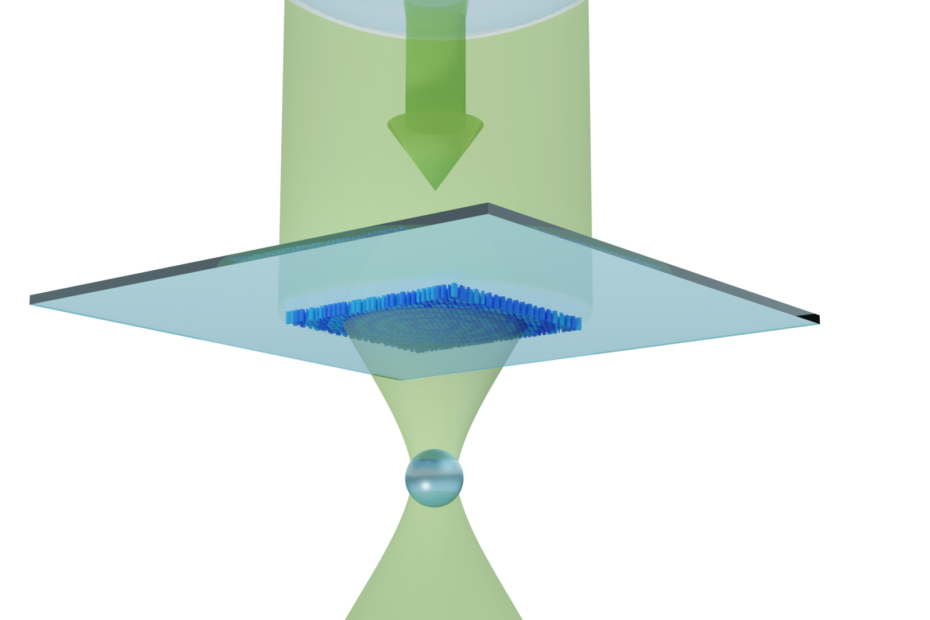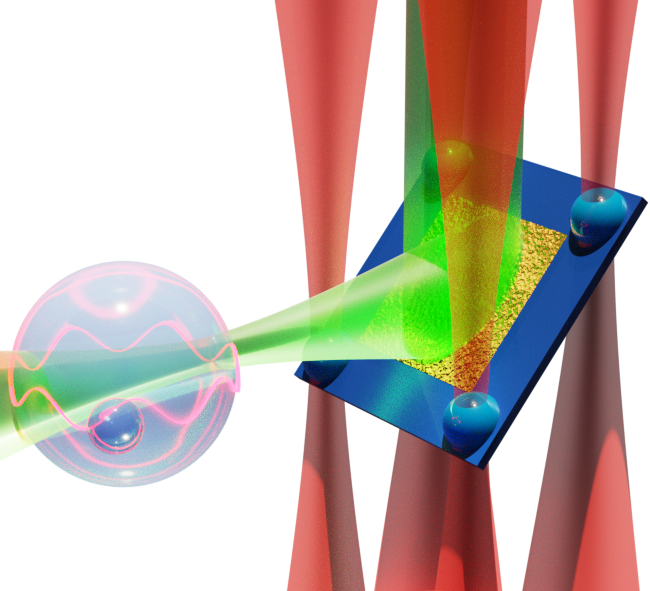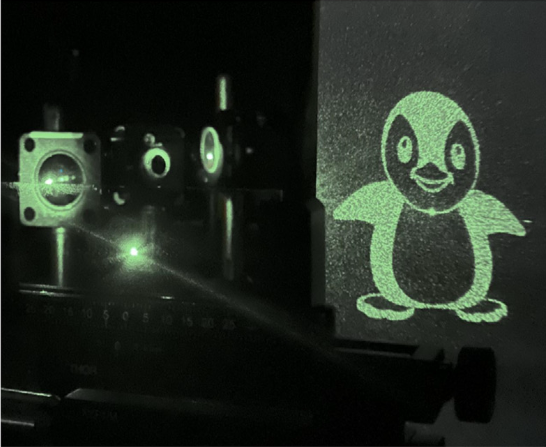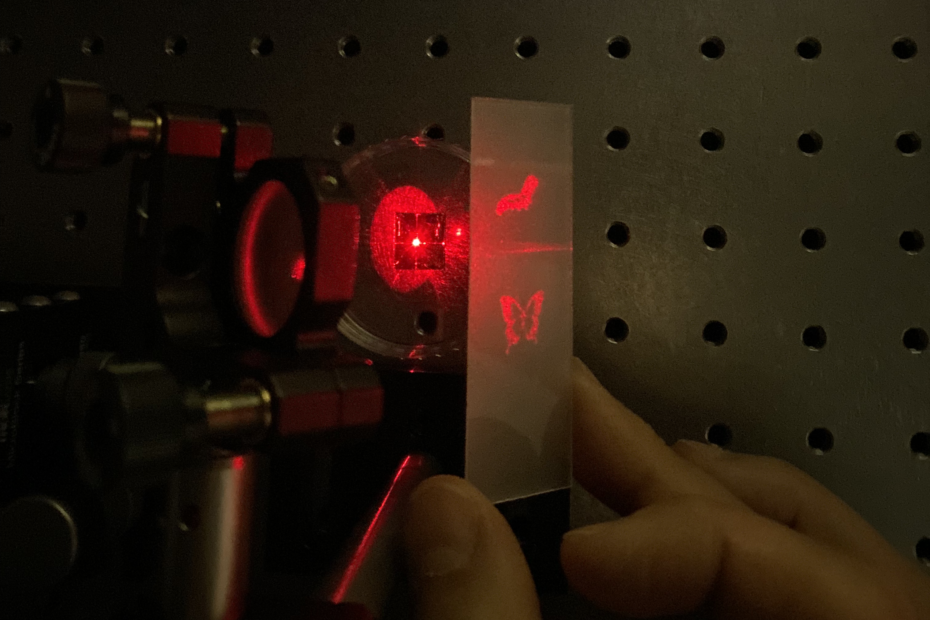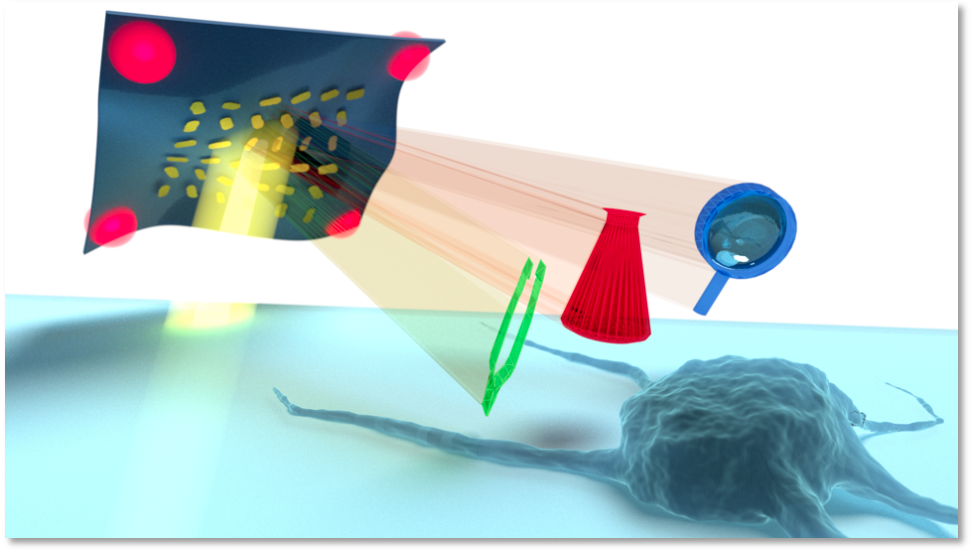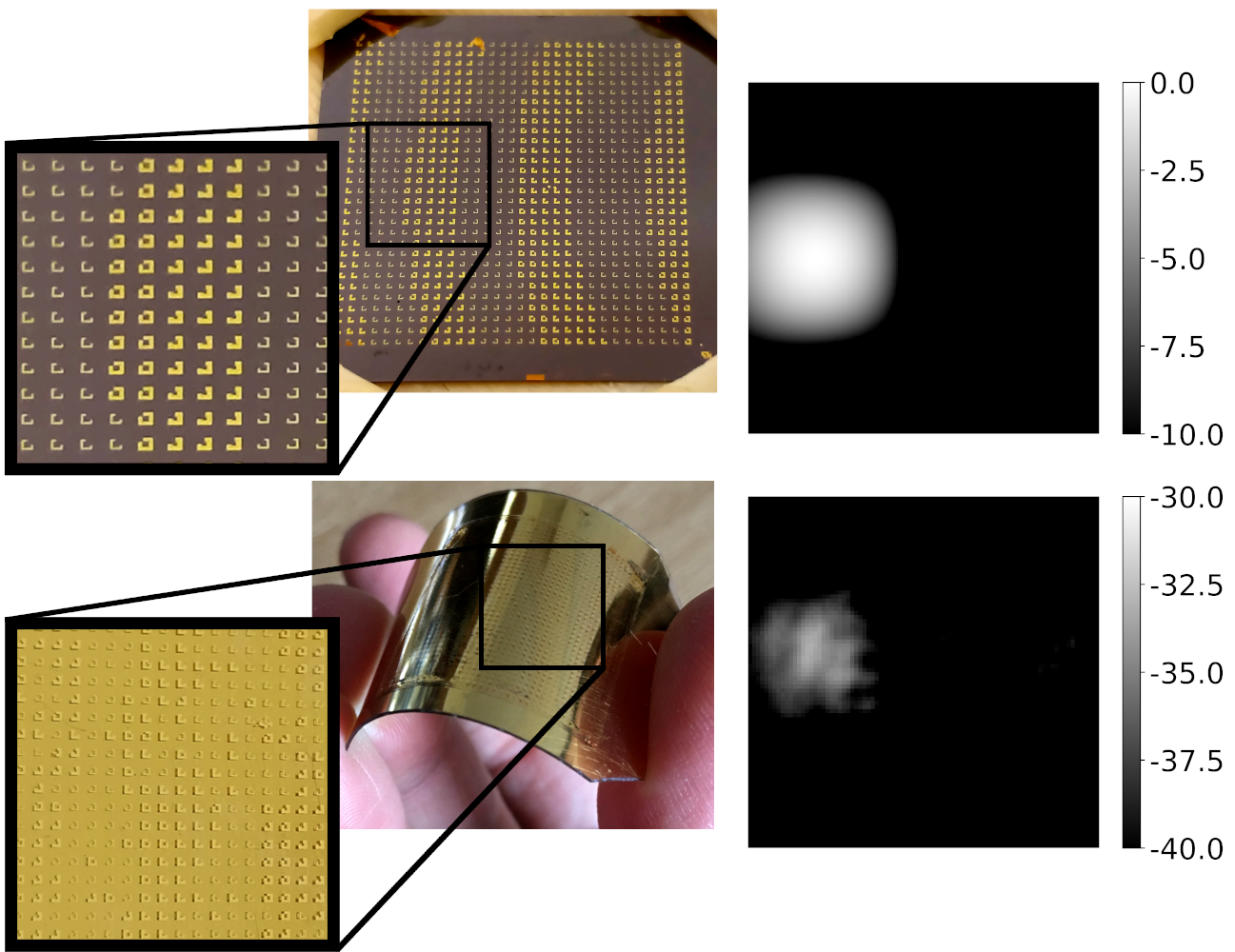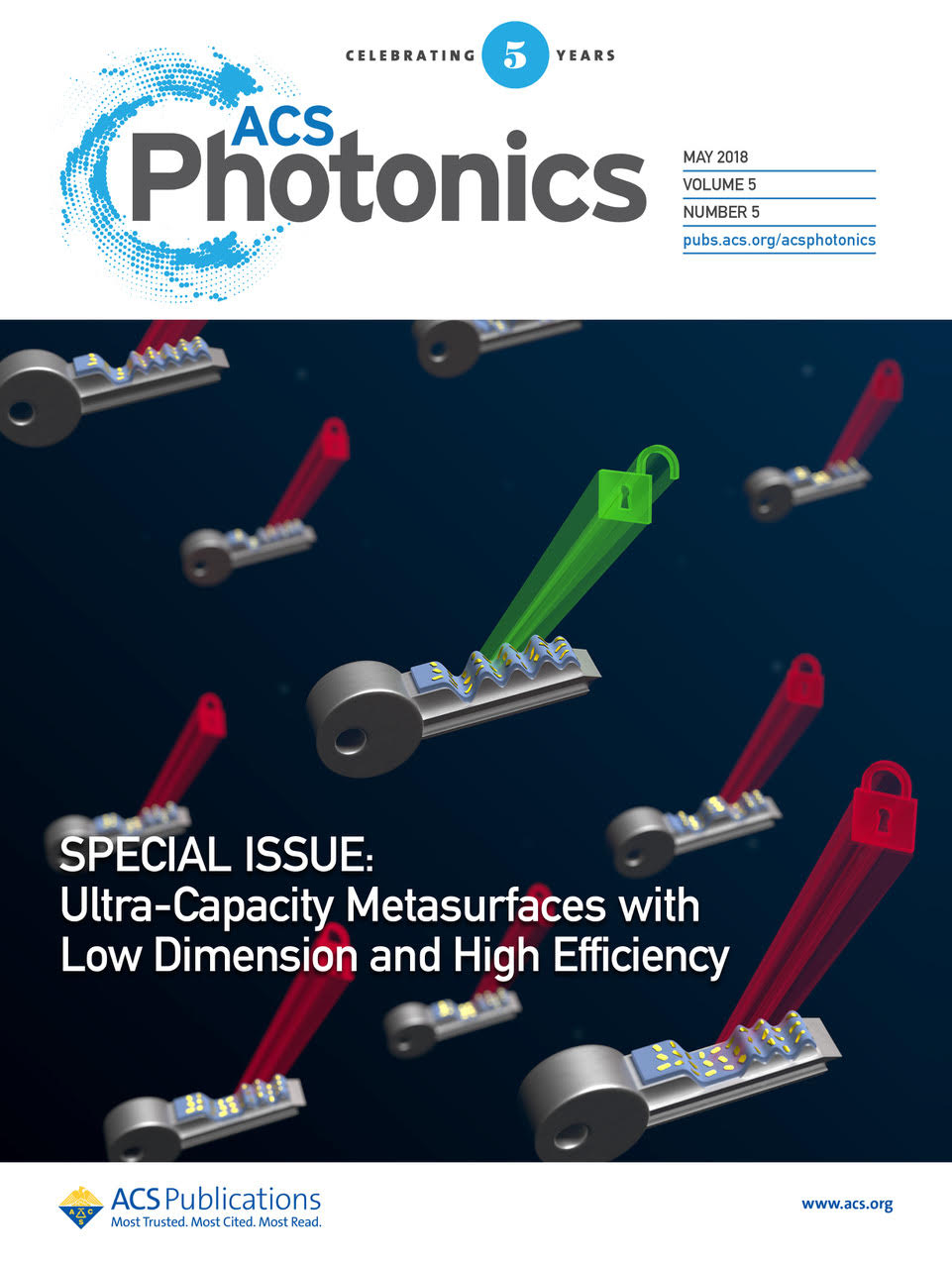Self-calibrated flexible holographic curvature sensor
Optical curvature sensors find regular use in deformation analysis, typically requiring pre-calibration and post–processing of gathered data. In this paper, we present a self-calibrated curvature sensor based on flexible holographic metasurfaces operating in the visible range. In contrast to existing solutions, the sensor can be fabricated independently from target objects and provides an immediate readout of their curvature. The sensor consists of distinct patterned areas that create images of a reference scale and of a position indicator, which shift with respect to each other, as the metasurface is deformed. We validate the results of our sensor with an external calibration and critically discuss the types… Read More »Self-calibrated flexible holographic curvature sensor

